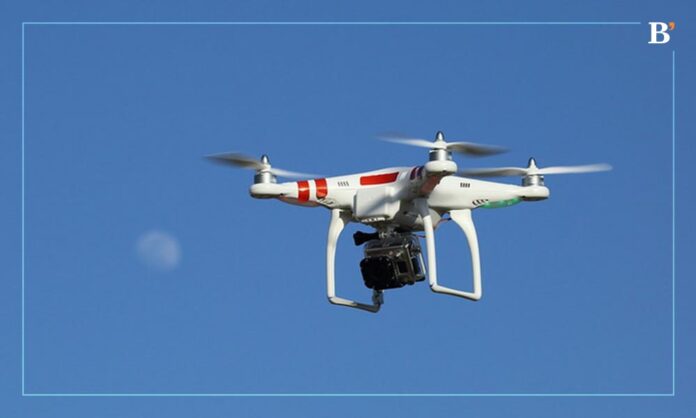Key Highlights
- The ability of UAVs to provide a safe environment and epidemic prevention services to people is huge.
- The scientists at Incheon National University have harnessed this potential to design a cooperative infrastructure for AI-assisted aerial and ground operations using UAVs and mobile robots.
- This infrastructure can offer surveillance and epidemic prevention activities to smart cities.
Mobile robots and unmanned aerial vehicles (UAVs) have been more interesting recently. It is primarily because these technologies can provide us with immense benefits.
With the rise of 5G technology, drones, UAVs, and mobile robots will safely and efficiently provide a wide range of services in smart cities, including surveillance and epidemic prevention. It is now well established that robots can be deployed in several environments to perform activities such as surveillance and rescue operations.
But to date, all these operations have been independent, frequently working in parallel. To understand the full potential of UAVs and mobile robots, we have to use these technologies together so that they can support each other and augment mutual functions.
A team of researchers led by Associate Professor Hyunbum Kim from Incheon National University, South Korea, has designed an AI-assisted cooperative infrastructure for UAVs and mobile robots.
The system that was designed is composed of two subsystems, one for public areas and one for private areas. Both systems have a Centralized Administrator Center (CAC) and are connected to different Unified Rendezvous Stations (URSs) in public areas. These URSs are at the place where the UAVs and mobile robots receive replenishment and share information.
Mobile robots are also designed with charging facilities to recharge airborne docking UAVs. The public system aims to patrol public areas, detect accidents and calamities, provide aid, and perform epidemic prevention activities like transporting medical equipment. The private system can offer rapid medical deliveries and screening tests to homes.
The authors are optimistic about this infrastructure’s potential to improve people’s lives. The system can offer many services, from detecting & preventing potential terror in public spaces to detecting & extinguishing fires in private homes.
For more updates on robotics industry, Click here




